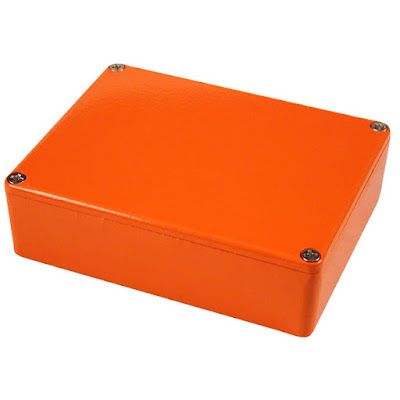Reaching the end of the year quickly. My psychiatrist girlfriend and I are going on a much needed vacation. We will sit in the sun and ponder life's true meaning of course, but I will be thinking about what she calls "my geeking".
That's what I cover in this blog--my trail of breadcrumbs, as I try to teach myself CS and EE.
Let's get a head start, what next for 2023?
DSP
....Yes it could happen. A friend from my synth audio group is a DSP professional and has offered to walk me through the basics. He already loaned me "A Digital Signal Processing Primer" by Ken Steiglitz but the math was way above my head--like trying to sight read a Chopin Etude. The sad thing: I was really good at math when I was about 20. Can you (re-) teach an old dog etc.?
RP2040 Mach II
The RP2040/Pico dev board is a $4USD gift that keeps giving. There are aspects of this useful, fun, and superbly documented MCU/dev board that I haven't touched yet--DMA , its PIO feature set, and the 2040's timers. I have ideas for projects that will use these components, looking forward to working more with this MCU.
FPGA
There's great FPGA technology coming out of the non-DiWHY (se habla "commercial") sector--UDO Super6 VCO's for instance. The FPGA train is leaving, I want to hop on.
There are open source tool chains for some FPGAs (APIO)--installing a new tool chain is always fun.
Shawn Hymel, who along with Ben Eater has become a bit of a DIwhy hero to me, has an FPGA video tutorial (here). I will probably start there.
Stomp boxes?
I used to build them but they were never realiable enough to use at a gig. So I gave up on 'em. But they are fun....but I don't gig a lot any longer....but you can put dumb stickers on them. Whatever. Maybe now that I have gotten better at single board fab (skiff type designs in synthesizer modules--apply it to a stomp box--why not?
C to C++
For embedded systems I code almost exclusively in C. C gets the job done, but I find a lot of code online I want to use that's written in C++. And I have learned from trial and error: if you can't read and understand code you are going to depend on, don't use it. I have dabbled with C++ and don't like it; its poor readability (to me anyway) drives me nuts. But in 2023 I figure it's time to hold my nose and get on with it. |
| Not this one! Just noticed when writing this post, I thought I bought the F113 version (RISC-V) but AliExpress sent me T113 (Arm A7). Or maybe MangoPi soldered on the wrong processor? We'll know when we smoke the damn thing. Never again right? I always say that, then I buy more unreturnable crap. |
 |
| (??) |


















